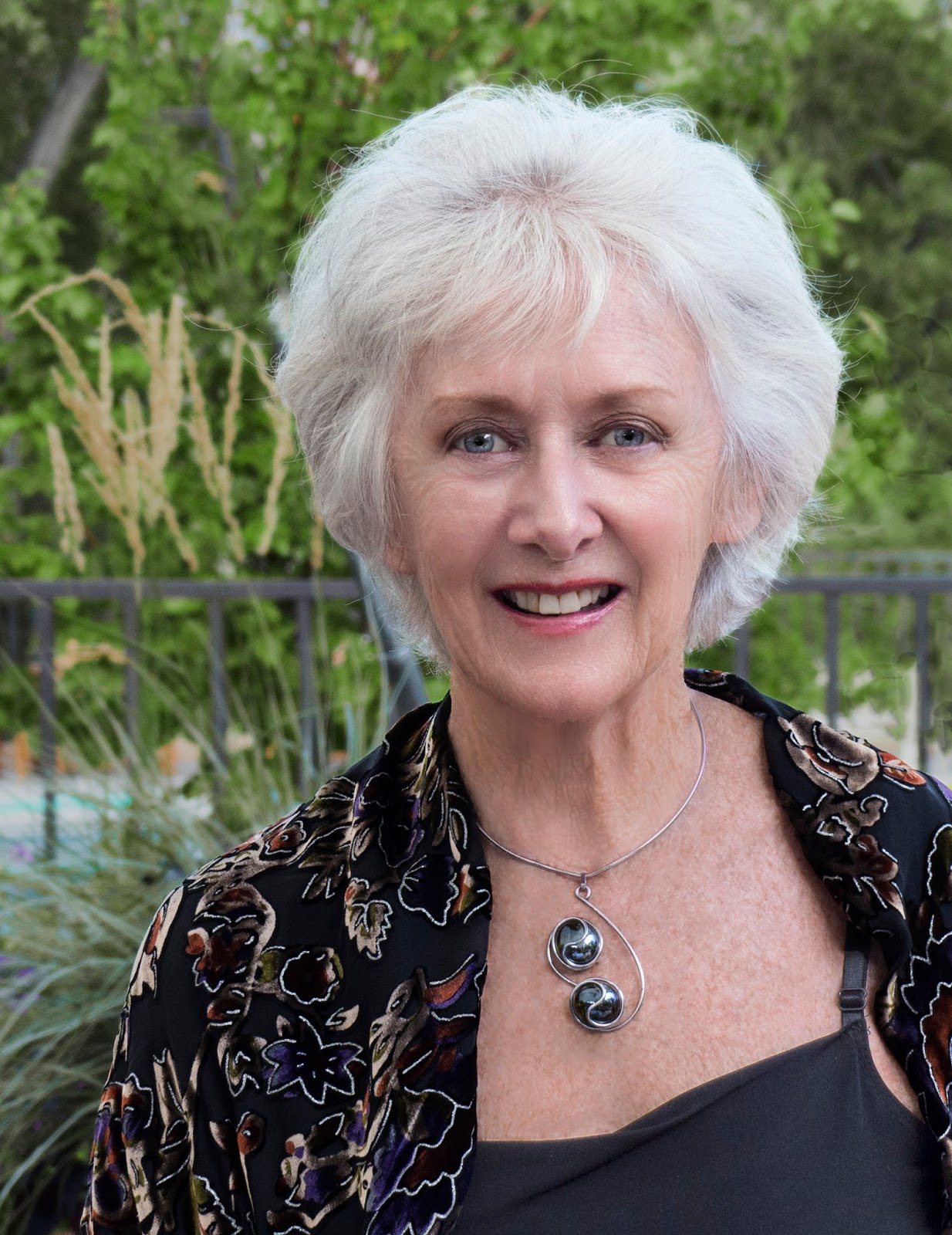REVIEW: The Lyris String Quartet plays Brahms, Ravel, and Billy Childs
South Bay Chamber Music Society, Pacific Unitarian Church, Rancho Palos Verdes
DAVID J BROWN
 |
| The Lyris Quartet. |
Paying due attention to the vast range of existing chamber music repertoire over seasons of just seven programs means not a lot of room left for living composers, so welcome indeed was the name (new to me) of Billy Childs on the roster for the South Bay Chamber Music Society’s last concert before the holiday break, played by the Lyris Quartet (Alyssa Park, violin, Shalini Vijayan, violin, Luke Maurer, viola, and Timothy Loo, ‘cello).
 |
| Billy Childs. |
“When the Lyris Quartet approached me to compose a piece for this project, I thought that it was a remarkable idea— to compose a sort of commentary on the story of Janáček’s Intimate Letters. The first thing — the only thing, really — that popped into my mind was the tragedy of unrequited love (hence the title, Unrequited). The first time I heard Janáček’s Intimate Letters performed live, the emotion of the piece jumped out at me: the wild shifts of tempo, the beautiful and plaintive melodies, the stark dynamic contrasts.
 |
| Janáček and Kamila Stosslova. |
The result was a single, 11-minute movement, the opening mood of which brought to mind the becalmed, dream-like music with which Bernard Herrmann clothes the tailing by Scottie (James Stewart) of Madeleine (Kim Novak) through the streets of San Francisco in Hitchcock’s Vertigo. But that was with a symphony orchestra, whilst this was a string quartet. In Unrequited Mr. Childs showed himself a real master of the medium, constantly shifting between solos accompanied by the other three instruments (the viola perhaps “first amongst equals” here), duets, fast contrapuntal passagework, pizzicati, tremolandi, and atmospheric high harmonics, and all in the service of the work’s overall musical and emotional progression, which ended in an absolute stasis that made me think not so much of “despondent acceptance” as terminal flatlining.
 |
| Ravel in 1907, four years after completing his String Quartet. |
It detracts nothing from their rapid and appropriately fluid account of the Allegro moderato – très doux first movement, or the husky and raptly enigmatic Très lent third, or the pervasive nervous edge of the Vif et agité finale, to say that the highlight was a quite fabulously alive and texturally transparent performance of the Assez vif – très rythmé second movement, its hallmark pizzicati bounding all over the aural landscape in perfect formation.
Though a relatively early work, composed in 1903 at the age of 28, Ravel’s great quartet is one perfect answer to the charge that French composers could never rise successfully to the challenge of putting their own stamp on the Germanic four-movement sonata template, but curiously the Brahms string quartets – the quintessential embodiment of that form in the hands of one of its greatest masters – remain somewhat on the periphery both of the string quartet repertoire and Brahms’ own oeuvre.
He is known to have wrestled as long with the string quartet form before he was satisfied with his results as he did with that of the symphony, but whereas the four Brahms symphonies are thoroughly familiar and constantly performed and recorded, his three string quartets remain little-known territory for many otherwise knowledgeable music-lovers.
 |
| Brahms in 1873, the year he completed his two String Quartets Op.51. |
The first movement certainly conveys a magisterial structural command, in this performance made yet more so by the welcome inclusion of the long exposition repeat, but in the Andante moderato second movement – and despite the Lyris Quartet’s punctilious observation of the dolce marking that appears intermittently – the overall dour seriousness continued, whilst the Quasi Minuetto had a sense of something joylessly frenetic and anxious. The overall impression of a formidable work that is easy to admire but hard to love continued into the finale, where the performers gave no quarter in their underlining of its basic severity.
Nonetheless, all kudos to the Lyris Quartet for avoiding programming an easy crowd-pleaser, and it was highly gratifying to see and hear the performance greeted with all the enthusiasm that it deserved.
---ooo---
South Bay Chamber Music Society, Pacific Unitarian Church, Rancho Palos Verdes, 3pm, Sunday, December 3, 2017.
Photos: Lyris Quartet: Courtesy Sequenza 21; Billy Childs: Raj Naik; Janáček and Kamila Stosslova: Courtesy CLASSICfM; Ravel: Pierre Petit; Brahms: K. K. Hof-Atelier Adèle.















